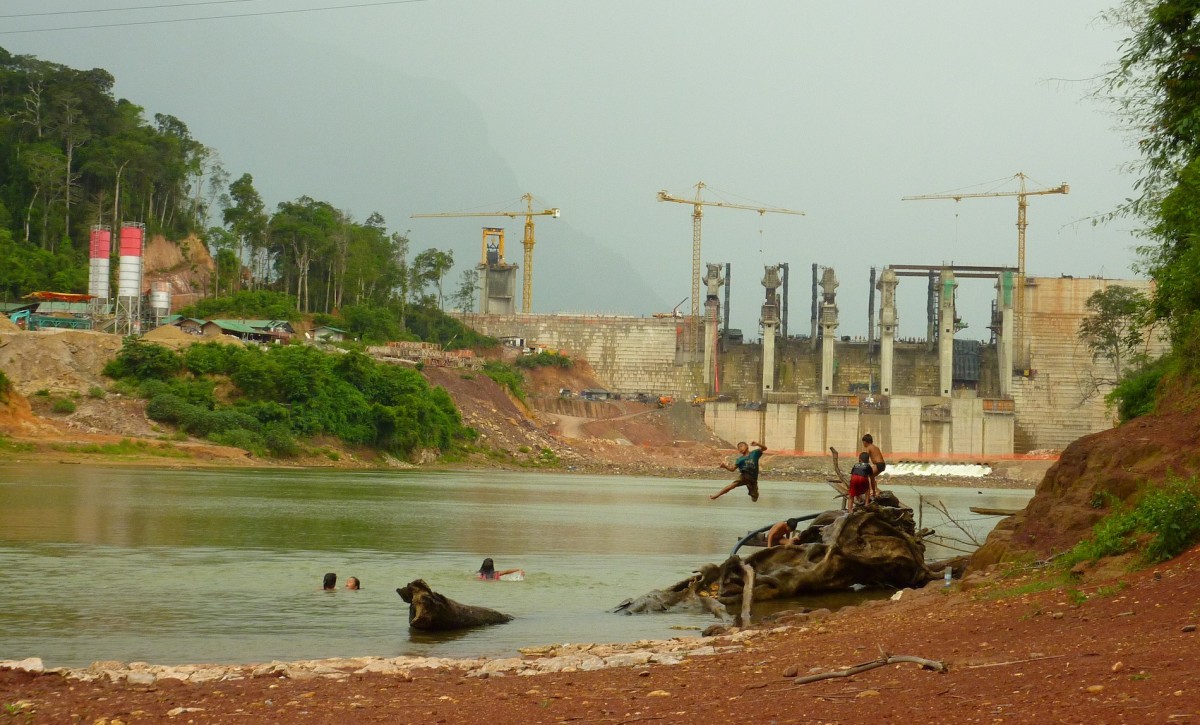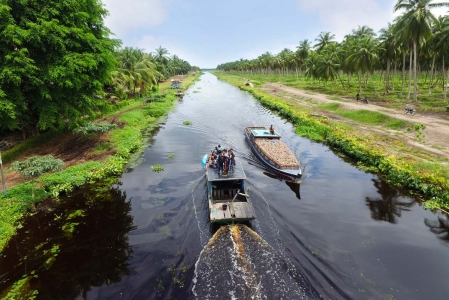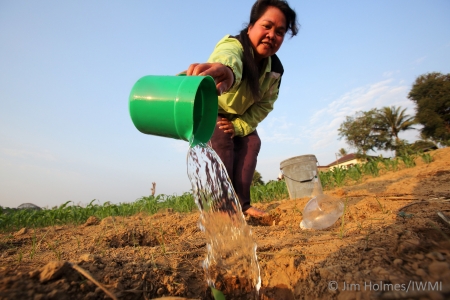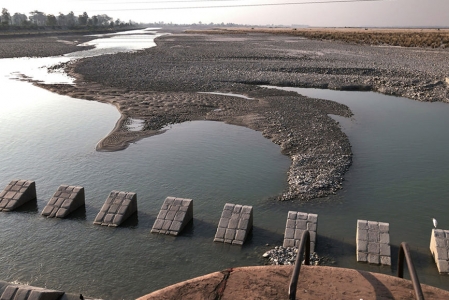It’s a common enough story.
Another hydropower dam is being built in Laos, and villagers must be resettled to a new area as a result of the displacement of their land by the reservoir. Various relevant government bodies are working with the hydropower company to create a resettlement village for those that will need a new home. This is a responsible project, and the government is well equipped to carry out the resettlement with the input of the villagers themselves.
But what does this look like on the ground? How are the villagers interacting with the representatives from the government and the hydropower company? How are they interacting with each other? And what impact do their relationships, locations, and access to information have on the outcome of resettlement?

Resettled communities are heterogeneous.
This seems like an obvious statement but local villages are often depicted or perceived as homogenous entities that passively receive both the positive and negative effects of development.
It is hugely important to realize that there are many power dynamics and human interactions at play between villagers and villages. Individuals and communities act in their own interest when possible, and can have a significant effect on the outcome of resettlement.
Power plays
A new paper has come out that highlights some of the complex human dimensions, and potential unintended consequences, of relocation and resettlement.
It outlines how four villages along a river were resettled into one new village due to the construction of a hydropower dam. Of these four villages, two appeared to be in a more powerful position and, in part because of this, individuals from each of the villages perceive their resettlement in very different ways.
So what are some of the strategies used by these more powerful villages to get the most out of resettlement?
Powerful and less powerful actors
Two of the villages had much stronger ties with the local authorities. This may have allowed these two villages to exert influence over where the new village was located.
Originally, the hydropower company selected a location for the resettlement site, which was approved by the national government as part of the Resettlement Action Plan. The location was in the lowland areas, which was favorable to the two less politically powerful villages. Quote, “resettling closer to the city…would have provided the opportunity for lowland rice cultivation and thus, improved livelihoods."
However, driven by the provincial government’s decision to reject the proposed resettlement site in line with its interest to meet the population quota to establish a new district, the two other villages proposed a new resettlement site. This site was closer to the riverbanks, which would ensure their access to the river and enable them to continue their livelihood activities, such as riverbank gardening and fishing. One informant: “the whole feeling of the villagers would change.” Another: “[With the river] our livelihoods are the same.” And one more: “We feel close to the river.” Collectively, they rejected the originally proposed site for the resettlement village and entered negotiations to find a new location.
These negotiations were theoretically open to representatives from all four villages. However, the two less politically powerful villages were further away from the meeting site and often couldn’t attend. Quote: “it was difficult for [Village C] and [Village D] to come to the meetings because it cost them 10 L of petrol [to travel by boat].”
In the end, the preferences of the two more powerful villages and the provincial government won out and the location was set in a mountainous area near the river.
Location of resettlement village
Once the location was set, additional benefits for the two powerful villages became apparent. They were already familiar with the area, since they had used it for shifting cultivation in the past. Commuting back and forth was quite easy and affordable.
When the resettlement land was divided up, representatives from all villagers were invited to participate. In point of fact, only representatives from the two powerful villages were able to attend, and indeed, it seems the other villagers may not have been aware of the process. Quote from one of the less powerful villages: “[Local authorities] divided the land but hired people from [Village A] and [Village B] to measure everything, which is not fair. If I were them, I would have chosen one person from each village."
One month prior to relocation, each household was given 1ha of land near the resettlement site so they could prepare it for rice cultivation. The villages located closer to the site were able to start this process in March. However, no one from the two further villages could afford the time or money it would have taken to commute and were only able to begin preparing the land in June after the resettlement had taken place.
In addition, the land that was selected for Village C and D was far away from the river and on a more mountainous slope, making water collection and rice cultivation difficult. Quote: “Even though we planted rice, I feel that we will get nothing.”
Even after resettlement, villagers from the two more powerful villages were able to return to their old land to collect foodstuffs and cultivate land for agriculture. Again, the cost of fuel and the time it would take the less powerful villages put them at a great disadvantage. Quote: “We do not know where to find food and so, we have to go back to the [old village]. I do not want to waste money [on petrol] so, if it is not necessary, then I will not go back.”
It is probably too much to ask for hydropower developers and resettlement planners to consider the granular perceptions and experiences of each resettled individual when building a dam. However, the impacts that local power dynamics have on the outcomes of resettlement are not inconsequential and, as seen in this example, can result in great asymmetry in the final outcome. As much as possible, these local interactions and power dynamics should be accounted for in this delicate process, the ‘endless motion’ of villagers’ journeys of displacement and resettlement.
While the government and the company in consultation with local villagers defined Resettlement Action Plan, this example highlights the importance of:
- putting local emphasis and village-level studies at the center of resettlement processes
- power analysis to capture villagers’ different socio-economic status, political relationships, and development aspirations prior to defining resettlement rules and procedures
- ensuring equal participation in decision-making and negotiation processes around resettlement
For a more detailed understanding of how the power relations played out between the four resettled villages, please read the journal article, which is available for free until May 17, 2016.














